Waterlox vs.?
oruboris
15 years ago
Related Stories
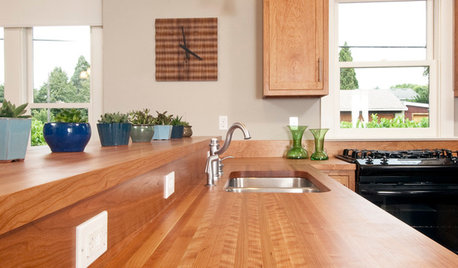
KITCHEN DESIGNWonderful Wood Countertops for Kitchen and Bath
Yes, you can enjoy beautifully warm wood counters near water sans worry (almost), with the right type of wood and sealer
Full Story
KITCHEN COUNTERTOPS10 Countertop Mashups for the Kitchen
Contrast or complement textures, tones and more by using a mix of materials for countertops and island tops
Full Story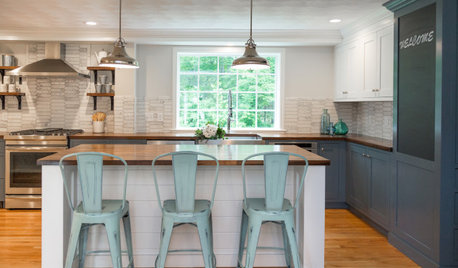
KITCHEN COUNTERTOPSHow to Care for Wood Kitchen Countertops
Install your wood work surfaces correctly and keep them in top condition with these expert tips
Full Story
KITCHEN COUNTERTOPSAdd Drama to Your Kitchen With a Waterfall Countertop
See how this look can work in contemporary and transitional spaces
Full Story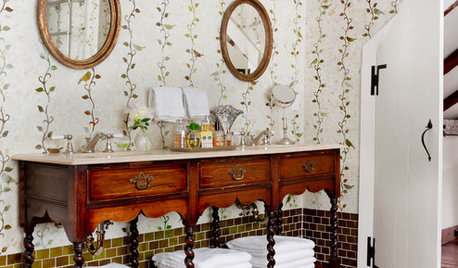
MOST POPULARYou Can Turn That Into a Bathroom Vanity?
Find inspiration in 13 unconventional bathroom vanities that are as functional as the real deal
Full Story
GREAT HOME PROJECTSWhat to Know Before Refinishing Your Floors
Learn costs and other important details about renewing a hardwood floor — and the one mistake you should avoid
Full Story
REMODELING GUIDESDesigner Confessions: Torn Between Wood Floors
19 Photos to Help You Choose a Wood Floor Finish
Full Story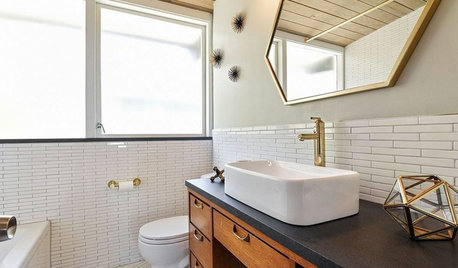
BATHROOM VANITIES30 Furniture-to-Vanity Conversions You’ve Got to See
Readers share costs and how-to details on their cherished one-of-a-kind bathroom vanities
Full Story
KITCHEN DESIGNNew This Week: 2 Kitchens That Show How to Mix Materials
See how these kitchens combine textures, colors and materials into a harmonious whole
Full Story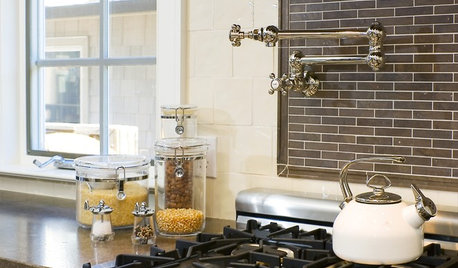
HOUZZ CALLHome Cooks: Show Us What You Love About Your Kitchen
What’s your recipe for the perfect cooking- and baking-friendly kitchen?
Full Story






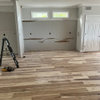
nanj
eandhl
Related Professionals
Alexandria Flooring Contractors · Arlington Flooring Contractors · Bloomington Flooring Contractors · Freeport Flooring Contractors · Miami Flooring Contractors · San Tan Valley Flooring Contractors · St. Louis Flooring Contractors · Brookline Tile and Stone Contractors · Hermiston Tile and Stone Contractors · Hermosa Beach Tile and Stone Contractors · Redondo Beach Tile and Stone Contractors · Salem General Contractors · Clarksville General Contractors · Geneva General Contractors · Summit General Contractorsnewtoremodeling
cottonland
newtoremodeling
cottonland
newtoremodeling
ccoombs1
cottonland
davidzarzour
newtoremodeling
awm03
cottonland
dave4270
dave4270
ccoombs1